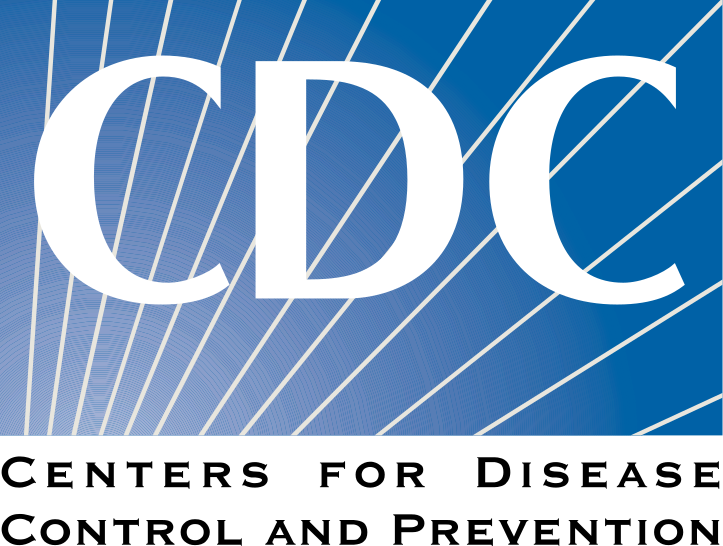Taking CDC to task for endorsing “one dose” Lyme treatment

Advocates for Lyme disease patients are calling on the Centers for Disease Control and Prevention (CDC) to withdraw its endorsement of single-dose antibiotic prophylaxis for prevention of Lyme disease after a tick bite.
A key limitation of the recommendation is that it is based on a single study that has not been replicated and which did not prove that the prophylaxis actually prevented Lyme disease.
In addition, the recommendation is restrictive since it is only recommended if certain criteria are met. This is likely to confuse both the public and health care providers.
The recommendation on tick bite prophylaxis is from the Infectious Diseases Society of America (IDSA) 2006 guidelines for diagnosis and treatment of Lyme disease.
In addition to being more than a decade out of date, the IDSA guidelines are based on low-quality evidence and are widely regarded as critically flawed. The National Academy of Medicine report, Clinical Practice Guidelines We Can Trust, cites the 2006 IDSA Lyme guidelines to illustrate the problems of conflicts of interests, lack of transparency, and scientific bias in guidelines development.
Request for correction
On February 14, the Patient Centered Care Advocacy Group filed an “information quality request for correction” with CDC’s Office of the Associate Director for Science.
The complaint argues that the IDSA recommendation endorsed by CDC “lacks utility, objectivity, and integrity and misleads patients and healthcare providers. This not only can result in human harm but can increase the number of long-term Lyme disease cases, worsening the current Lyme epidemic and increasing the financial impact on our country in terms of lost productivity, disability, and increased medical expenses.”
The contested information on tick-bite prophylaxis—which is included on CDC’s website and in the CDC publication, Tick-Borne Diseases of the United States, Fifth Edition, 2018—states:
“The Infectious Disease Society of America (IDSA) does not generally recommend antimicrobial prophylaxis for prevention of Lyme disease after a recognized tick bite. However, in areas that are highly endemic for Lyme disease, a single dose of doxycycline may be offered to adult patients (200 mg) who are not pregnant and to children older than 8 years of age…”
Based on a single, limited study
According to Holly Ahern, associate professor of microbiology at SUNY Adirondack and Lyme Action Network board member, this recommendation is based on a single study from 2001 that has not been reproduced and which has the following scientific limitations:
1. The “primary endpoint” used to determine whether the prophylactic treatment “prevented” Lyme disease was the appearance of an erythema migrans rash at the site of the tick bite. More recent studies consistently show that the rate of any type of skin rash is less than 50%, and the rate of EM is less than 10%. Therefore this study excludes more than half of true cases of Lyme disease from the data analysis.
2. Subjects who developed subjective symptoms of Lyme disease such as headaches, profound fatigue, brain fog, joint pain without swelling, weakness, numbness, or difficulty controlling specific muscles were excluded from the data analysis.
3. Participants were only observed for six weeks before being considered “negative” for Lyme disease, and therefore persons who developed symptoms after six weeks were excluded from the data analysis.
The complaint maintains that, “Patients and healthcare providers alike gain a false sense that a tick-borne disease was prevented with this prophylaxis and, therefore, full treatment may be delayed or denied. Research shows that delayed treatment increases the rate of treatment failure. In addition, this partial treatment has been shown to result in false negative blood test results for Lyme disease in the future.”
Potential for serious harm
According to Bruce Fries, president of the Patient Centered Care Advocacy Group and lead author of the complaint, “CDC’s endorsement of the IDSA recommendation for a single dose of doxycycline to prevent Lyme disease has potential to cause serious harm to patients for whom the prophylaxis fails to prevent infection. CDC’s dissemination of this information also violates HHS Guidelines for Ensuring and Maximizing the Quality, Objectivity, Utility, and Integrity of Information Disseminated to the Public.”
Fries says, “It should be noted that the IDSA guidelines represent one of two standards of care for Lyme disease. More recent and comprehensive evidence-based guidelines for Lyme disease were published by the International Lyme and Associated Diseases Society (ILADS) in 2014. The ILADS guidelines, which are fully compliant with current standards, specifically recommend against a single dose of doxycycline for prevention of Lyme disease.”
Click here to read the full complaint
Source: Press release from Patient Centered Care Advocacy Group




















We invite you to comment on our Facebook page.
Visit LymeDisease.org Facebook Page